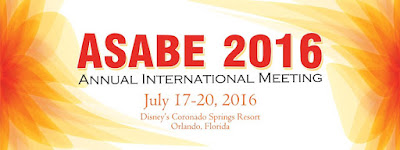It’s fitting that I compose this post when rain has delayed my
afternoon plans to mow and reminded me that I can turn off my irrigation timer
until the weather conditions dry out. That said, for most people it isn't
convenient to monitor their timer on a daily basis. New irrigation technology
affords us the option of automated, weather-based irrigation.
 |
| Properly installed weather-based irrigation controller |
Real World Testing
For several years now, we’ve been putting these new irrigation controllers
to the test in Orange County. Last year we highlighted the progress of the project discussing the success of the technology with irrigation reductions.
 |
| OCU study data manager/masters student Eliza Breder and the Dukes research group |
This
year we’re marking the publication of the project’s final report via the Water Research Foundation. In a nutshell, using smart irrigation technology we have
measured irrigation reductions of 18% to 42% over more than a three year period.
 |
| Soil moisture sensor in use in Orange County research sites |
Seal of Approval
Recently the Orange County Board of County Commissioners passed a
resolution in support of smart irrigation controllers reducing excessive irrigation
(i.e. saving water) based on our study. The Board
recognizes that fast growing areas of the county will present a tremendous demand on the
water supply infrastructure.
 |
| New developments afoot: water supply must meet new demand |
Incentivizing these technologies is a cost
effective way to reduce water demand. Further, the majority of customers using
these devices during the study were satisfied or extremely satisfied.
Wither Watering Restrictions?
What does this mean for Orange County residents? In our study, smart
controllers reduced irrigation when exempted from standard watering restrictions. Based on this success, plans are in the works to seek an
exemption from watering restrictions for irrigation systems using smart
irrigation technology.
 |
| Some soil moisture sensor options: the potential for water-savings is boundless |
Will these changes result in a full-fledged rebate
program to encourage wide adoption of smart irrigation devices? Watch this space
and stay tuned!






















